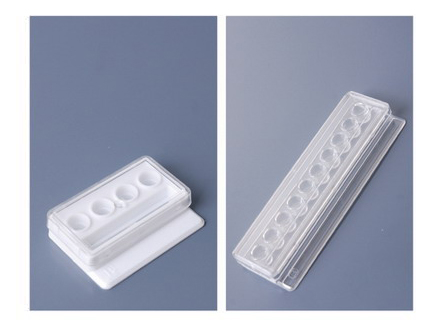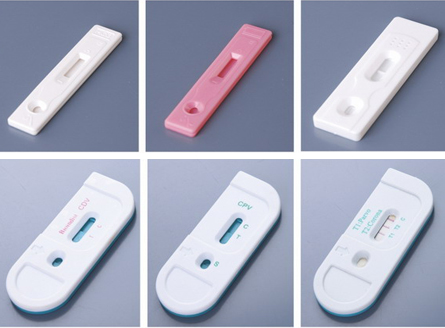
 Card box
Card boxThe card boxes produced by Xingyuan Plast...
 Gold Label Card Board
Gold Label Card BoardThe gold standard card board is an instru...
 Porous card board
Porous card boardPorous card boards can hold multiple dete...
 Gold Label Card
Gold Label CardThe appearance design and internal struct...
FAX:+86-317-4052076
Email:czycgs@163.com
Web:www.xysjcz.com
Address:Du Sheng Xiang Xiao Liu Village, Cang County, Cangzhou City, Hebei Province
Current Location:HOME > NEWS > Industry information >
NEWSThe application of colloidal gold in the detection of pathogenic microorganisms
Animal derived foods& Nbsp; It is an important public health issue. Not only does it directly cause losses to animal husbandry production, but it also seriously affects individuals, families, society, commerce, and the entire industry& Nbsp; Economic benefits. Therefore, in order to use & Nbsp; Animal derived foods& Nbsp; Take comprehensive measures throughout the entire process from breeding to dining tables to effectively produce livestock products& Nbsp; Quality monitoring, production& Nbsp; Animal products. Due to
Gold Label CardColloidal gold immunochromatography technology is simple to operate, has a short detection time, and is easy to operate on site, which can provide a basis for on-site law enforcement.(1) Application of immune colloidal gold technology in the diagnosis of animal borne food virus diseasesCurrently, some unscrupulous vendors use improper means in the competition process of the food industry, such as exceeding the limit of pathogenic bacteria in live and edible animals, residues of pesticides and veterinary drugs, and the addition of prohibited substances, which brings serious hidden dangers to food problems. Due to the diagnostic nature and accuracy of gold label test strips, there are many problems." The advantages of this technology have gradually been applied to on-site detection of livestock and poultry viral diseases. The immunochromatographic test strip for detecting swine fever virus antibodies established by Zheng Ming et al. using colloidal gold labeled antigen and double antigen sandwich method can be used for clinical diagnosis of swine fever. This detection method is simple to operate, has good specificity, and can distinguish between strong and weak viral infections; Da et al. used colloidal gold to label AIV recombinant nuclear protein to prepare a test strip for detecting AIV antibodies. The test strip is the same as hemagglutination test (Hv test, more sensitive than agarose gel diffusion test); Wang Huijie et al. used colloidal gold to label PCV recombinant Cap protein to prepare a colloidal gold diagnostic test strip to establish a method for detecting porcine circovirus type 2 Cap antibody. The test result shows that the test strip is highly specific, and can distinguish the standard negative and positive serum of PCV-2. The coincidence rate between the test strip and the US indirect immunofluorescence test reagent in the detection of 165 suspected serum samples from different pig farms is more than 85%; Jiang Tao et al. established The colloidal gold immunochromatographic kit for type O, A and Asia I typing diagnosis of foot and mouth disease virus has good sensitivity and can detect 78000 LD50 (1:128 diluted suckling rat virus) of the virus. The results of three repeated tests on both positive and negative samples were consistent, indicating good reproducibility. The specificity test confirmed that this method has no cross reactivity when detecting pathogens with similar clinical symptoms of foot-and-mouth disease. The kit tested the conformity rate of 206 known serotype field and laboratory samples, and the conformity rates of O, A, Asia I and negative samples were 92.45%, 91.66%, 92.75%, and 100%, respectively, with a typing accuracy of 94.58%. In addition, colloidal gold diagnostic strips for various diseases such as Newcastle disease, infectious bursal disease, infectious diseases, and gosling novel viral enteritis have also been developed, providing a good means for on-site detection of livestock and poultry viral diseases